After three harrowing weeks in the hospital, Terry Downs, 68, was on a path to recovery. A former Boeing engineer who helped design the stealth bomber, Downs was admitted to HCA Healthcare‘s Wesley Medical Center in Wichita, Kansas, in July 2022 with what was found to be a brain bleed. By month’s end, he was scheduled for discharge from the 760-bed facility and headed for rehabilitation.
He never made it. In the wee hours of Aug. 1, a nurse walking by his room heard him choking and found his heart barely beating. A half hour earlier, his pulse had been strong, Downs’ 2,200-page hospital record shows, but when his heart rhythm changed, no one assigned to monitor it had alerted nurses.
In Wesley Medical Center, and in most hospitals today, the people monitoring patients’ heart rhythms, blood pressure or respiratory functions are not nurses who interact with them. They are “telemetry” technicians who are supposed to alert those nurses to meaningful changes in the vital signs transmitted by electronic devices hooked up to the patients.
The technicians in telemetry units typically watch screens showing heart rhythms and numbers for many patients at a time — sometimes dozens — and often sit in a room far from the patients they are watching. In Downs’ case, the telemetry technicians were in another building.
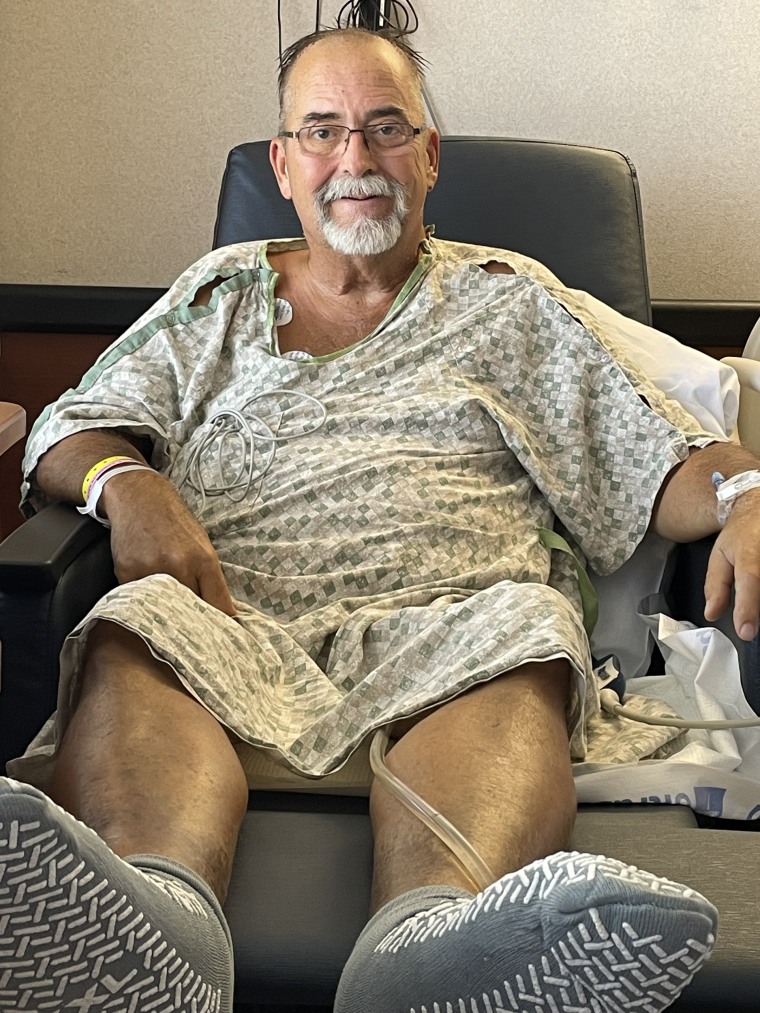
The nurse who happened to hear Downs in distress tried to help him breathe by giving him oxygen, his record shows. She felt a weak pulse and asked another staffer to call “tele,” the telemetry unit, for a heart reading. The telemetry unit stated, said the record, “there is no rate/rhythm.”
The Code Blue team began giving Downs CPR about four minutes after the nurse found him. Brain death typically occurs after three minutes without oxygen.
Downs’ wife, Cindy, says she believes the hospital made multiple mistakes in his care. For example, his record shows that neither his vital signs nor his neurological condition had been regularly checked during the hours before he died, as ordered by his doctors.
But, she said, the telemetry unit’s failure to advise nurses about his rhythm change was crucial. “Had the telemetry people been on the job, they would have seen he had no pulse,” Cindy Downs said. “I lost the man who was my high school sweetheart and who I was married to for almost 50 years.”
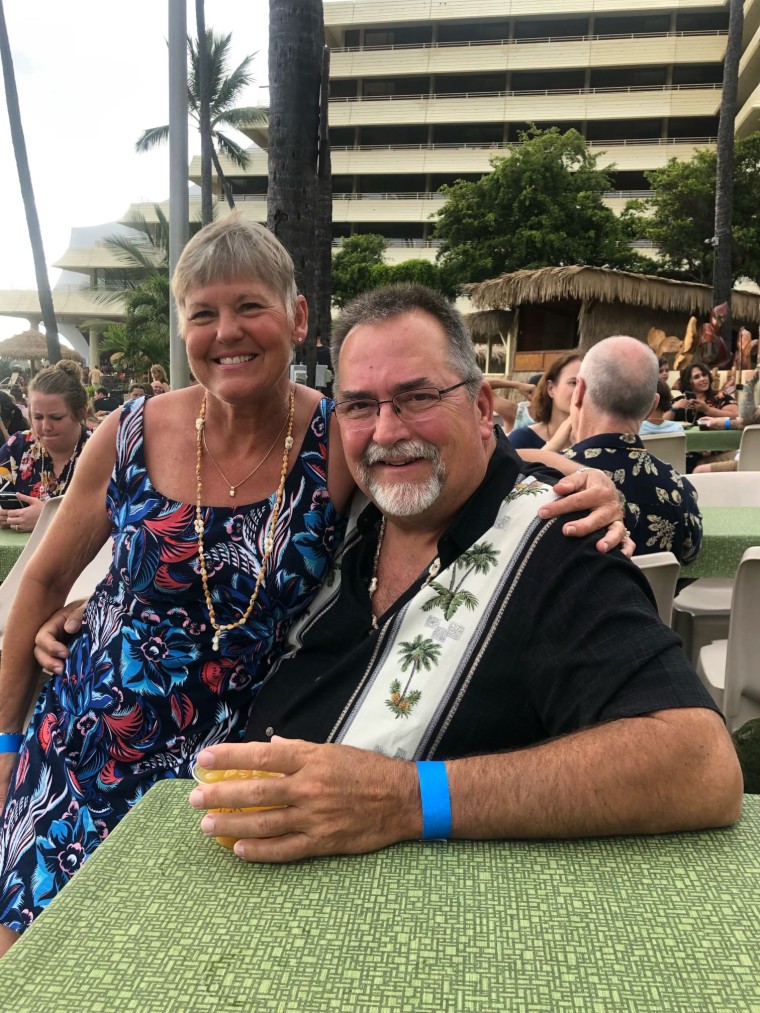
Cindy Downs was unable to determine precisely when her husband’s heart rhythm changed because the records she received from Wesley Medical Center show no telemetry history in the hours before the nurse found him in distress. Telemetry technicians who spoke with NBC News said one of their main tasks is to document patient readings to be kept in their records. Missing telemetry records have been cited at other HCA facilities, according to malpractice lawsuits and hospital investigation reports filed by federal and state regulators.
With almost 180 facilities across the U.S., HCA Healthcare is the nation’s largest for-profit hospital chain. HCA earned $4.2 billion during the first nine months of the year, and as the industry leader, its practices are emulated by competitors.
Over the past year, NBC News has interviewed scores of doctors, nurses, administrators and other HCA employees who say the company puts profits ahead of patients. The company’s staffing of telemetry units is an example, some of these people say.
Harlow Sumerford, a spokesman for HCA Healthcare, said in a statement: “We continuously analyze our telemetry protocols as part of our clinical safety improvement program, and we refine our workflow, training, utilization and documentation processes, to ensure that we, and the physicians who order telemetry, are providing the best patient monitoring and care.”
He declined to say why the telemetry history was not in Downs’ record or to comment on the events leading to his death. “Telemetry saves lives,” he said. “That’s why we use it.”
This story is based on interviews with two dozen current and former HCA clinicians, technicians, executives and administrators in seven states with knowledge about the company’s telemetry operations. It is also based on thousands of pages of federal and state deficiency reports for telemetry-related deaths at hospitals in Florida, HCA’s biggest market, and lawsuits filed against HCA hospitals.
80 patients at a time
Hospitals’ use of telemetry dates back to the 1960s. Years ago, patients on telemetry were monitored by nurses near them and on the same floor of the hospital. This allowed for quick responses when a heart rhythm changed.
Close proximity to nurses remains the case for ICU patients on telemetry. But now, patients at lower risk are typically monitored by technicians, on another floor and maybe even miles from the hospital. Working as a technician requires a high school diploma or equivalent; optional training programs last from a few months to about a year, according to the National Telemetry Association. Technician salaries are significantly lower than those of registered nurses, government figures show.
In recent years, according to patient safety experts, continuing staffing shortages have only increased hospitals’ reliance on telemetry technology and technicians.
Telemetry practices vary across U.S. hospitals, but a 2016 study in Biomedical Instrumentation & Technology found that 61% of nurses who responded to a survey said their facilities use telemetry technicians.
Remote telemetry monitoring — where vital signs are watched in a location away from patients’ floors — may be growing, a 2021 study in the American Journal of Critical Care concluded, “as hospitals are consolidated into larger health systems.”
Sitting in darkened rooms and staring at screens, technicians contact nurses when they notice a problem, usually by cellphone. This is a broad industry practice, sources say.
If the nurse is busy with a patient, these texts or calls can be missed, HCA employees told NBC News. In addition, seconds can elapse while a technician locates the phone number for the appropriate nurse to contact.
“With increased staffing shortages, I think telemetry is prone to be used as a stopgap,” said Dr. Marcus Schabacker, a board-certified anesthesiologist and president of ECRI, a nonprofit, independent authority on health care technology and safety that is federally certified by the U.S. Department of Health and Human Services. ECRI considers over-reliance on telemetry to be one of the top 10 technology hazards in health care. “We shouldn’t get into this false sense of security — because this patient is monitored, we have it under control. If you do not have sufficient staff or staff that is easily accessible and trained, that is a problem.”
Adding to patient risks, telemetry is unregulated. There are no federal or state standards dictating how many patients can be monitored safely by each technician. It is up to hospital officials to make that call. It is also up to each hospital to ensure those watching the monitors are trained properly. Some current and former HCA employees say telemetry training lapses have occurred at their facilities.
Sumerford, the HCA spokesman, said its technicians, systemwide, monitor “on average, fewer than 40 patients,” a patient load that he said “is in line with what the American Heart Association has determined is safe.”
But Cathy Lewis, a spokeswoman for the American Heart Association, disputed this, saying the organization has made no such determination about safe patient loads in telemetry.
According to nurses, technicians, internal documents, lawsuits and deficiency reports, technicians at some HCA hospitals handle far more — up to 80 patients at a time. That’s too many, say doctors, nurses, technicians and patient safety experts who spoke with NBC News.
One former HCA hospital executive characterized “an epidemic of telemetry mishaps” at some company facilities, a view supported by a current HCA hospital administrator. Doctors with privileges at HCA hospitals say they have objected to the company’s decisions to station telemetry units away from the patients they are monitoring, because they can’t assess their patients easily. One nurse said the telemetry operation at her HCA-owned Level 2 trauma center was down for 26 hours recently.
NBC News provided these statements to HCA; it did not comment.
‘Juggling too much’
Telemetry at Mission Hospital, in Asheville, North Carolina, serves as an example of how HCA approaches the service. Before the hospital was purchased by HCA in January 2019, one person monitored 20 patients, several nurses told NBC News. After the buyout, the patient load grew to 40. It is now around 60, two nurses said.
“It was one of the first big changes HCA made at Mission,” said Kerri Wilson, a registered nurse who works at Mission and did so before the HCA takeover.
The technicians “are juggling too much,” she said. “I’ve been in situations where a team has activated a code blue before we even got a phone call from the telemetry tech. They can’t keep up.”
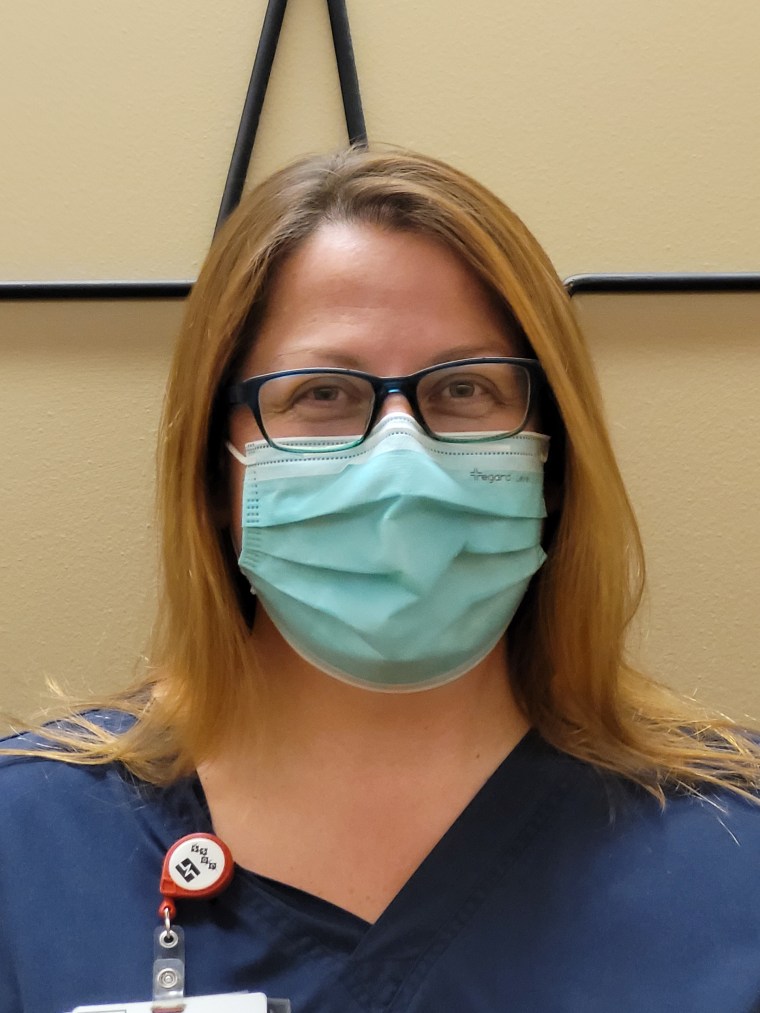
Wilson said she knew firsthand of a patient who died because of a delay in communication between the telemetry technician and the nurse.
HCA’s spokesman did not respond to questions about telemetry operations at Mission Hospital or at any other HCA hospital cited in this article.
On Dec. 14, North Carolina Attorney General Josh Stein sued HCA Healthcare, alleging it is “not providing the quality, consistent emergency and cancer care for western North Carolinians it committed to deliver” when it bought the facility. The suit asks for a court order requiring HCA to restore those patient services to pre-buyout levels. A Mission spokeswoman said in a statement that the hospital has met its obligations and that it would defend against the lawsuit vigorously.
Telemetry is a staffing issue, as Schabacker noted, and employee costs are the biggest expense for any hospital. HCA executives are laser-focused on staffing efficiencies and this year, its contract, overtime and other premium-rate labor costs have declined, its financial filings show.
A January 2023 report by the Service Employees International Union, some of whose members work at HCA facilities, said HCA staffing was inadequate and called out telemetry as a concern. “Monitor techs are routinely required to be responsible for dangerously high numbers of patients,” the report noted.
Karen Lasater is a former telemetry nurse and currently an associate professor at the University of Pennsylvania School of Nursing. “The research shows that when nurses have more patients they are responsible for, more nursing care gets missed,” she told NBC News. “The same would be consistent with a monitor tech workload. The more you have to be looking at, the more things run the risk of being missed.”
Regional Medical Center of San Jose is an HCA-owned Level 2 trauma center in California serving Silicon Valley. The facility “provides a host of technologically-advanced services,” its website says.
During a recent weekend, telemetry monitoring at the facility went down for 26 hours, according to Melissa Gong, a registered nurse on a telemetry floor there. The facility has about 95 beds monitored for telemetry, Gong said, watched by two technicians who also do other work, such as answering phones when the unit is short-staffed.
“They had a glitch in the system, and you had patients admitted for telemetry needs, they had monitors on and nobody was reading the streams,” Gong said. “It’s technology, that happens.”
The HCA spokesman did not respond to a question about this incident.
HCA technicians and nurses interviewed by NBC News say monitor watchers usually work 12-hour shifts three days a week, with a 30-minute unpaid meal break and two paid 15-minute rest periods. When a patient’s rhythm changes, an alarm may sound, alerting the watcher who is supposed to interpret the data and notify the nurse handling the patient if CPR or other actions are required.
Telemetry technicians and nurses liken the job to that of an air traffic controller, involving high stress and screen and alarm fatigue. Some said they find it hard to take breaks during their shifts because they must hand over their patients to colleagues who are already watching dozens of others. Each technician typically monitors between 40 and 64 patients, the current and former HCA employees at five of its hospitals said; a lawsuit against HCA Florida Largo Hospital said each technician there watched up to 80 patients.
How many patients should be monitored per technician was the topic of a Duke University study published in 2015 in Critical Care Medicine. The study compared response times to ventricular fibrillation among telemetry watchers responsible for five different patient loads: 16, 24, 32, 40 and 48 patients.
Working in four-hour sessions, the watchers performed common tasks of telemetry technicians — documentation of rhythm changes and phone calls to report abnormal events. When such an event occurred, the researchers clocked the response time to notification, with a goal of less than 20 seconds. Failure to meet the goal was significantly higher among those watching 48 patients, the study found.
Time is of the essence for cardiac patients. If a patient’s heart stops, the survival rate is approximately 40% for patients defibrillated within 2 minutes, with risk for death increasing 5% to 10% for each minute of additional delay, the study said.
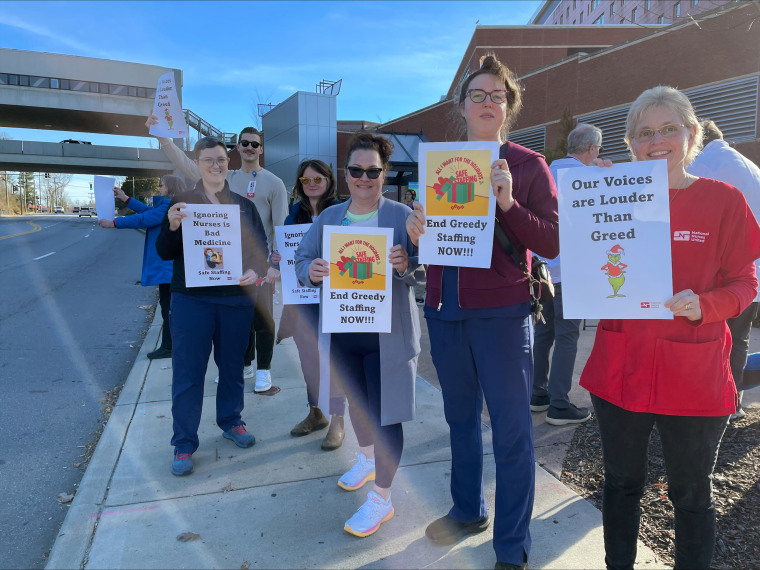
“We know that humans are relatively poor at maintaining attention over long periods of time,” the study’s authors noted, stating that vigilance begins to decrease within the first 15 minutes of a watch. Nevertheless, “decisions regarding the appropriate number of patients that a single watcher may safely and effectively monitor are largely driven by financial considerations, available technologies, and system constraints and not by our understanding of human information processing limitations,” the study concluded.
A study from 2016 in the Journal of the American Medical Association said technicians missed 21% of patients’ rhythm changes.
Telemetry work is demanding, but breaks can be hit or miss. According to a November 2023 memo obtained by NBC News from Sunrise Hospital and Medical Center, an HCA facility in Las Vegas, technicians are supposed to break for an unpaid 30-minute lunch when each “station” or technician has 53 patients or less. If patient loads rise above those levels, the technicians may skip lunch, the memo indicates. When this happens, they eat at their desks.
Kristen Lindsey, a registered nurse at Research Medical Center, an HCA hospital in Kansas City, Missouri, sometimes helps out in the telemetry room. She said she never received organized training on telemetry when she was asked to pitch in, so she learned as she went.
There are typically two or three people in the telemetry unit at her hospital monitoring between 80 and 100 patients, Lindsey said. If there are two, which she said is common, a watcher who has to use the restroom must ask a charge nurse, usually from a critical care unit, to leave his or her post to come watch the telemetry screens.
Monitor watchers “shouldn’t have to reach out to other people to cover their breaks,” Lindsey said. “I think there should be more people in there. My opinion, there should be four people watching those patients.”
No one watching the monitors
Julie Griffin, an intensive care unit nurse and former aviation electronics technician in the military, started working at HCA Florida Westside Hospital in Plantation in 2016. Because ICU patients require significant attention, each nurse in these units is supposed to watch over two patients at most. Griffin told NBC News she was asked to monitor three patients at Westside, even though the telemetry screen could only show heart rhythms for two patients at a time. That left one patient unmonitored.
At the same time, she said, a central monitoring station that was supposed to be watched by another nurse as a backup often went unstaffed.
Almost immediately, Griffin said she complained about the unsafe practices. “It was every day, every nurse, three patients,” she told NBC News. “It wasn’t manageable. We couldn’t provide care for these patients.”
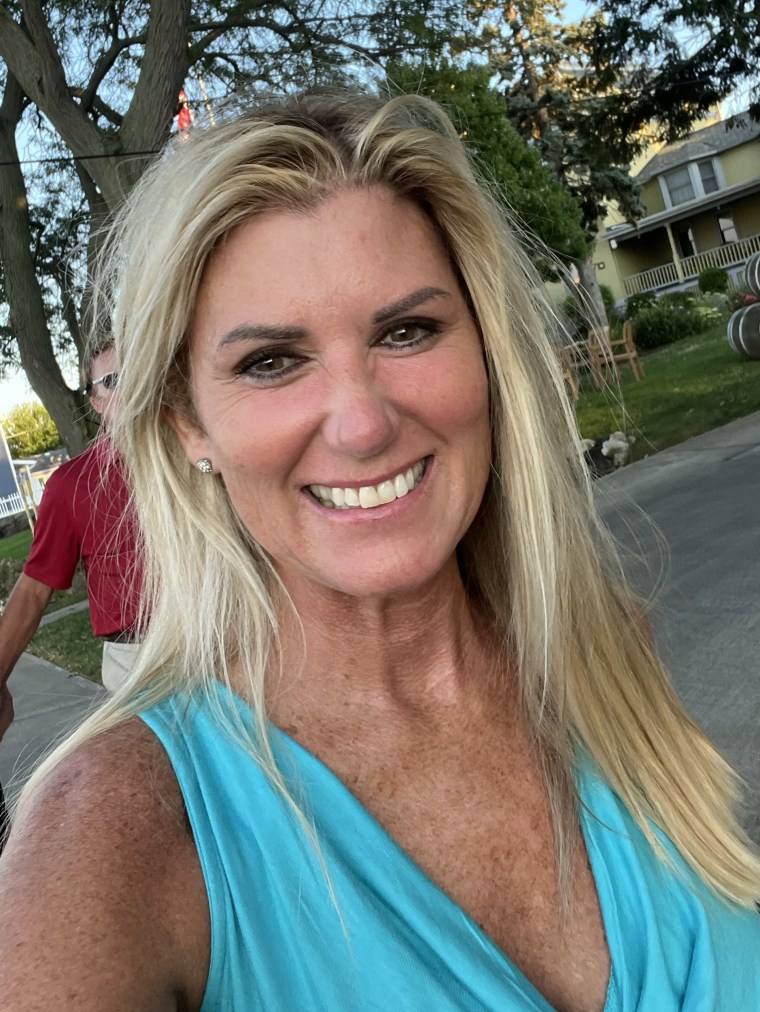
Retaliation quickly followed her criticism, she said. Then she was fired.
Griffin filed a wrongful dismissal suit against HCA in 2018, saying that during her time at Westside, the hospital’s telemetry practices “resulted in delayed response times with regard to at least two critical care patients causing their deaths.” She also contended that the hospital required her to sign electronic medical records stating cardiac patients were continuously monitored when the hospital knew they were not. The company denied her claims in court filings.
Last February, days before her case was set for trial, HCA settled with Griffin for an undisclosed sum.
HCA did not answer questions about Griffin’s case.
Regulatory records and interviews point to telemetry problems at HCA facilities in Florida, the company’s biggest market. Elisabeth Mathieu is an emergency department nurse at Osceola Hospital, an HCA Level 2 trauma center in Kissimmee, Florida. She is critical of the telemetry operation at her hospital, explaining: “The technicians are too far away and they can’t directly communicate with the nurse.” Mathieu went on to tell NBC News, “This is a very hot item in our hospital right now.”
Osceola is one of 11 HCA trauma centers in Florida, making the company by far the most dominant provider of trauma services in the state. By comparison, HCA’s next largest competitors in Florida have two trauma centers each.
NBC News reviewed federal and state deficiency reports for telemetry-related deaths at all 33 Florida trauma centers, excluding those limited to pediatrics, since 2021. The reports identified seven deaths related to telemetry, with six occurring at HCA facilities.
One death occurred at HCA Florida Aventura Hospital near Miami, four at HCA Florida Blake Hospital in Bradenton, and one at HCA Florida Ocala Hospital, the records show. The other telemetry-related death at a Florida trauma center during the period occurred in 2022 at University of Florida Health Shands Hospital, a nonprofit, the records show. A spokesman for UF Health Shands Hospital did not provide a comment on that case.
These citations are not comprehensive as they only identify problems turned up by investigators making unannounced hospital visits.
As a comparison, the records cited no telemetry-related deaths since 2021 at non-HCA peer hospitals competing in the same cities or areas with the three HCA trauma centers cited.
Presented with these figures, HCA did not comment.
In August 2022, Centers for Medicare and Medicaid Services officials visited HCA Florida Blake Hospital in Bradenton, the records show. Because of problems in the hospital’s telemetry unit, the report noted, the facility was placed on “immediate jeopardy” status for patients being monitored. This means noncompliant practices at the facility caused or created the likelihood of serious injury or death, and that immediate action was necessary to prevent further impairment or death.
The details in the report are disturbing. A death had recently occurred at the facility, it said, because the telemetry unit did not notice a change in a patient’s heart rhythm in time. Even worse, the hospital had failed to analyze telemetry-related deaths of three other patients in the prior 12 months. “The hospital’s quality assurance program failed to react to adverse incidents and failed to develop and implement measures to prevent further occurrences after multiple systemic process failures that resulted in deaths of patients related to telemetry recognition,” the report said.
Some 151 patients were monitored by three technicians, the investigators found, and three screens had no one watching them and no chair in front of them, the report said. Blake failed to provide qualified nursing personnel for telemetry monitoring, the report said and cited “systemic failures” such as telemetry alarms switched off or turned to silent.
Blake is one of two Level 2 trauma centers in the region. The other is Sarasota Memorial Hospital, a dozen miles away. Regulatory records show no citations of patient deaths related to telemetry at Sarasota Memorial since 2021.
Telemetry problems at HCA Florida Ocala detailed in a March 2022 report also resulted in an “immediate jeopardy” citation for the trauma center. A patient died in the emergency department, where an unidentified registered nurse interviewed by investigators described the challenges. “We are never assigned a monitor tech to watch the monitors and there is not a nurse sitting at the desk all the time,” the report quoted the nurse as saying. “It is a group effort to review the monitor alarms. You hope someone else can respond to the alarms.”
Another nurse quoted in the report said, “It is really not safe for us to be responsible for the volume of patients we are taking care of and be responsible for watching the telemetry.” In addition, telemetry records were missing, the report noted.
Earlier this year, the family of Diane Giardina filed a lawsuit on her behalf, alleging that the 77-year-old died in September 2022 following a telemetry failure at HCA Florida Largo Hospital. Each telemetry technician at Largo was responsible for monitoring as many as 80 patients at a time, the complaint alleged. The lawsuit noted that Giardina’s telemetry monitoring records “were not maintained” by the facility.
Largo Hospital “updated its cardiac telemetry monitoring policy in Feb. 2023 as a result of the event” involving Giardina, the suit said. In its response, the hospital said it acted in good faith and with “due regard for the prevailing professional standard of care.” The hospital recently made a confidential settlement in the case.
HCA and Largo Hospital did not respond to questions about the deaths at the trauma centers or the Giardina matter.
In addition to the Giardina case, Largo Hospital was previously cited for two other telemetry deaths — once by federal investigators, as outlined in a March 2023 report, the other time by state investigators in February 2021. The records state that “a tour of the telemetry monitoring station” found that one of six monitoring screens at Largo was not working and hadn’t been for nine months. Also, the records showed that nursing leaders of two units — medical-surgical and progressive care — “are not doing audits to monitor orders to verify that telemetry is in place on those patients with orders.”
As a comparison, NBC News reviewed investigator records for telemetry-related deaths at three non-HCA peer hospitals near Largo Hospital. They show zero citations since 2021, even though one of them, Morton Plant Hospital in Clearwater, treated double the high-risk patients Largo did, according to the most recent Florida Department of Health Trauma System Assessment.
HCA has 44 hospitals in three regions of Florida. Its biggest presence in the state is along the southwestern coast from north of Fort Myers to north of Tampa, where the company has 16 hospitals. One is Blake Hospital, the trauma center in Bradenton.
Since 2021, seven of those hospitals have been cited for 11 telemetry-related deaths, investigator records show. Only one telemetry-related death was cited among the 13 non-HCA peer hospitals serving the same areas as the HCA facilities.
The HCA spokesman did not answer questions about this data.
‘Some meaning to my husband’s death’
In March, Cindy Downs and her family flew to Hawaii. Their destination was the Big Island, where they scattered Terry Downs’ ashes.
At the time, Cindy Downs told NBC News she was trying to figure out “what my purpose is.”
This fall, officials at Wesley Medical Center reached out to talk about what they called “process improvement,” Downs said.
For about an hour and a half, Downs and her daughter met with the officials who probed to see if the family planned to sue the hospital. But money wouldn’t make her feel any better, Downs said she told them.
Instead, she wanted real change at the hospital, she said she told them. “I want there to be some meaning to my husband’s death,” Downs told NBC News. Since the meeting, she has heard nothing more.






